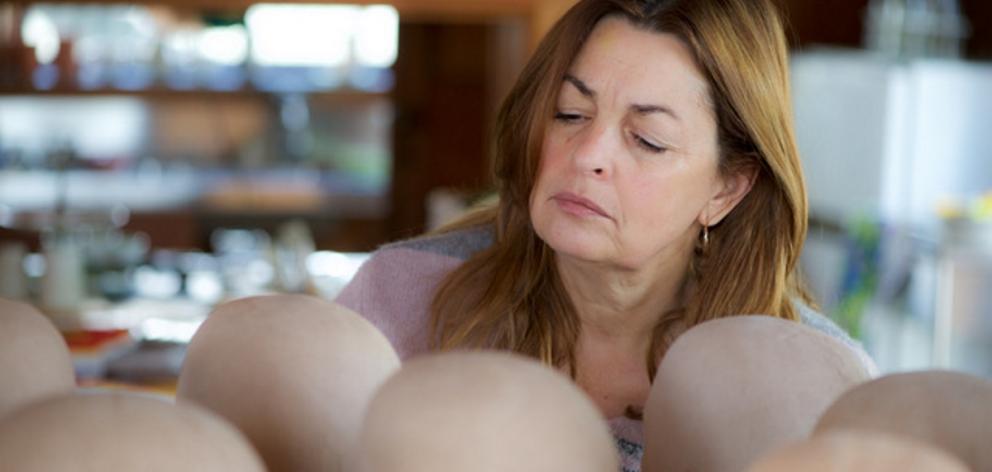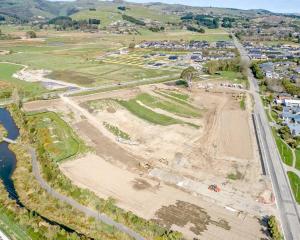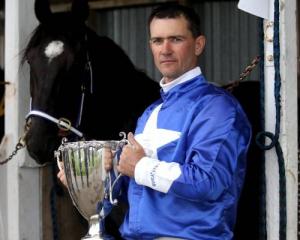
The event is being held on November 8, 9 and 10 at Loudon Farm, Teddington, on Banks Peninsula.
Susan's work is based on displaced people, and was originally inspired by women of the Congo who have been under threat from warring rebels for the past 20 years.
Susan said it stemmed from meeting a woman in Britain when she was studying at Harrow Art School at the University of Westminster who had survived the Rwandan genocide.
''I was so shocked by what happened to her and the women of her village that I became a bit obsessed about making an installation representing these women, mainly their constant need to move from place to place, on foot, across miles of dangerous country, trying to protect themselves.
''I can't even begin to imagine how impossible their lives must be, the trauma they carry with them.
''I learnt about many of the things that happened to them and their families at the time that I was doing my degree in ceramics. I was galvanised by their stories.''
Susan wasn't interested in making pots and found thinking about using ceramic as a portrayal of certain subjects more inspiring and captivating.
''It was a risky departure for me at the time as, up until that point, I had been a classical musician for many years.
'' I was a 'mature' student at the ceramic school and was giving up my career as a violinist.''
Susan makes heads from moulds.
''They are all the same form, with only slight variations from my own carving and firing them with a white crackled glaze that sort of represented the dry land, the damage/trauma of the women, and the large numbers they migrate in.
''An important aspect for me was the use of multiples. I find multiples of objects all in one place very intense and expressive and I particularly wanted to portray these women like this because of my experience as a protected and privileged child growing up in New Zealand, seeing these people on television appearing all the same and being completely removed from them as individuals,'' she says.
The heads are made with gritty clay slabs and each one is glazed differently.
Susan says her intention is to have them all look the same from a distance.
''However when you go up close you see they have details all over their heads, different from each other. It's quite an involved process because the drying time has to be slow.
''And, as it is in ceramics, it is with trepidation that one opens the kiln at the end of a seven-day cycle of firing. And that is just four heads at a time!''
Susan is now trying to do both music and ceramics.
She has been playing violin in the Christchurch Symphony Orchestra for the past five years.
Tickets for the grand opening of Sculpture on the Peninsula cost $75 and are limited. They will be on sale from October 1. Entry on Saturday and Sunday is $15 per adult (children under 12 are free) and payment can be made on arrival. For further information, including a full list of contributing artists, visit: sculpturenz.co.nz














